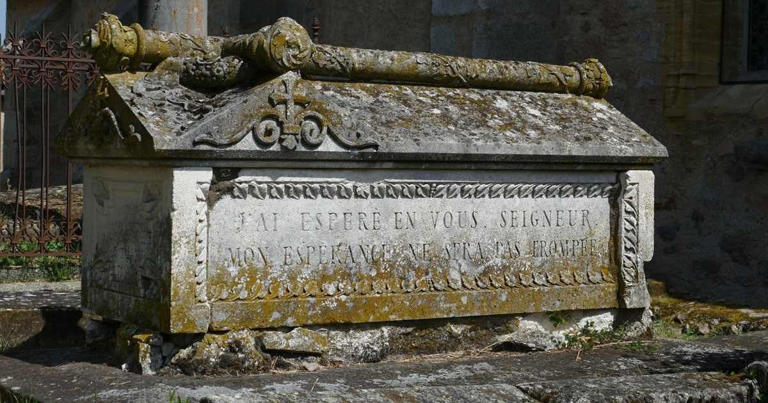Roman-Era Cemetery Unearthed in Cambridgeshire Reveals Rare Gypsum Burial and Artifacts
In a remarkable archaeological discovery in Cambridgeshire, researchers have uncovered a Roman-era cemetery that includes an extraordinary burial involving liquid gypsum. The central grave, believed to belong to a high-status individual, was encased in a stone coffin with gypsum poured around the body. While this practice was documented in Roman times, it remains poorly understood, offering rare insights into ancient Roman burial rituals. The gypsum used in the burial preserved fabric impressions, providing a unique glimpse into the clothing worn by the deceased.
Uncovering the Gypsum Burial and Its Significance
Headland Archaeology, the firm overseeing the excavation, noted that this type of gypsum burial is more commonly found in Roman urban centers, making its discovery in a rural area particularly significant. The gypsum used in the burial was sourced from a quarry located about 50 kilometers away, a sign of the considerable expense and effort required to transport the material. This suggests that the deceased held a prominent status, as the burial ritual would have been costly and involved significant resources. Jessica Lowther, a community archaeologist with Headland, emphasized that the elaborate burial process highlighted the individual’s elite standing in society.
Exploring the Cemetery and Its Diverse Burials
The cemetery was uncovered during pre-construction excavations for a highway expansion project, revealing 14 graves surrounding the central gypsum burial. Additionally, seven more graves were located beyond a boundary ditch. The diversity in burial practices within the cemetery adds to its historical value. Alongside the gypsum burial, archaeologists found cist burials, cremations, and even decapitations. Some graves featured wooden coffins, identified by iron nails, further enriching the variety of burial traditions practiced in the area during the Roman period.
A Window into Roman Life and Death
This discovery offers a rare opportunity to study Roman-era burial customs in a rural setting, shedding light on the social stratification and rituals of the time. The presence of the gypsum burial, in particular, provides a unique look at the practices of elite Roman individuals, showcasing the importance placed on death rituals and the preservation of the body. As archaeologists continue to analyze the site, more insights into the ancient world are likely to emerge, offering a deeper understanding of Roman life and death in rural Britain.










